Ancient Discoveries
One of my favourite experiences on a nature walk is the thrill of discovering something special, something new which may have been missed by others. We don’t need to go far, often the best place to start looking is right where you are now! On the edge of our gardens, in our local urban parks or a little further away in our local woodlands there is a fabulous spectrum of colour hiding under our feet. Plants are a great way to start on a journey of nature discovery.
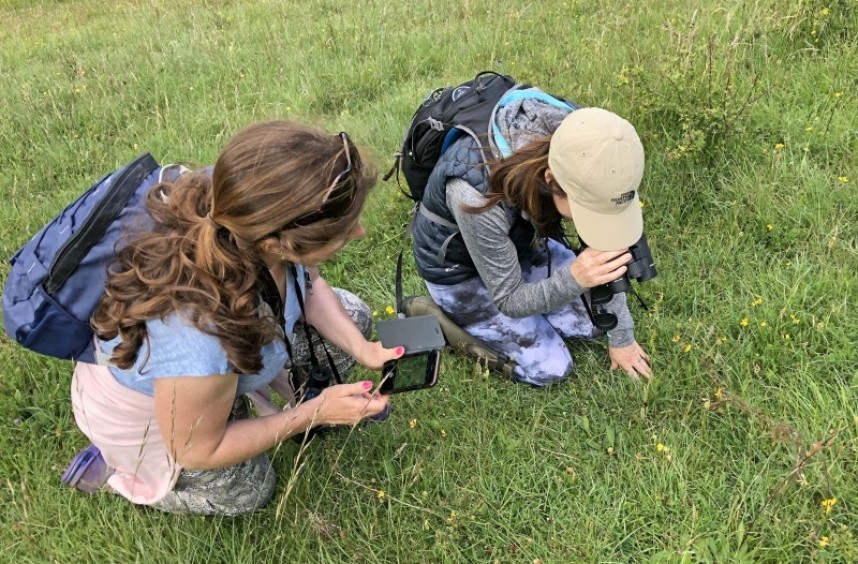
Discovering amazing flowers under our feet © Richard Baines
Spring is the best month for getting deep under the trees and searching for ancient woodland indicator plants. A good definition of what we mean by an ancient woodland is provided by the Woodland Trust;
Ancient woods are areas of woodland that have persisted since 1600 in England and Wales, and 1750 in Scotland. This is when maps started to be reasonably accurate so we can tell that these areas have had tree cover for hundreds of years. They are relatively undisturbed by human development.
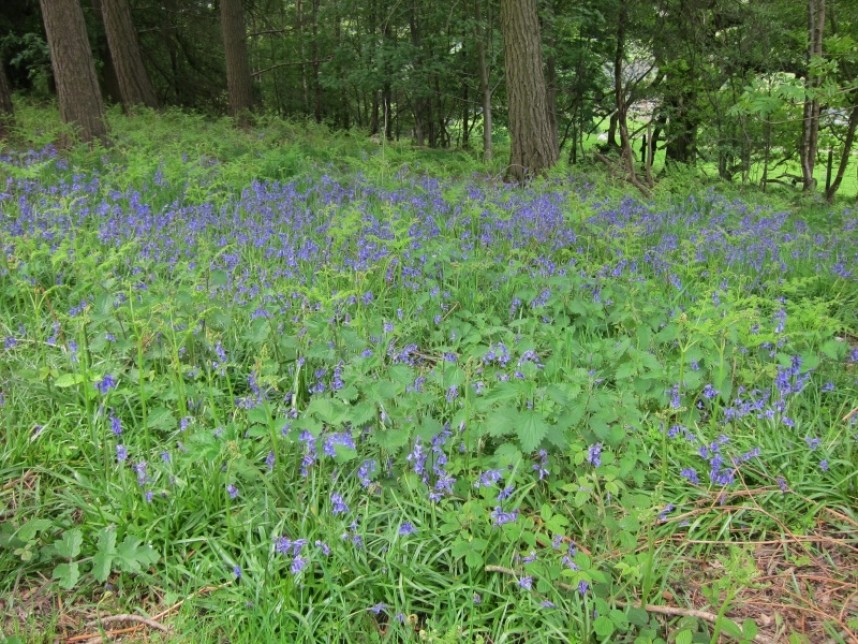
Ancient Woodland Flowers © Richard Baines
Ancient woodland indicators are therefore a range of plants which by their nature are very slow growing and lack the adaptability to colonise new land. This means that if we find them it may mean the land is either an ancient woodland or may have been at some point in history covered in trees and very old. However, we don’t need to be in an ancient woodland to find these special plants which is what I find so cool, its nature detective time! I often look for them under hedgerows. If I find lots of indicator species it could mean the hedge is ancient and was once linked to a very old woodland.
Here are three ancient woodland indicator species to look out for.
Wood Anemone
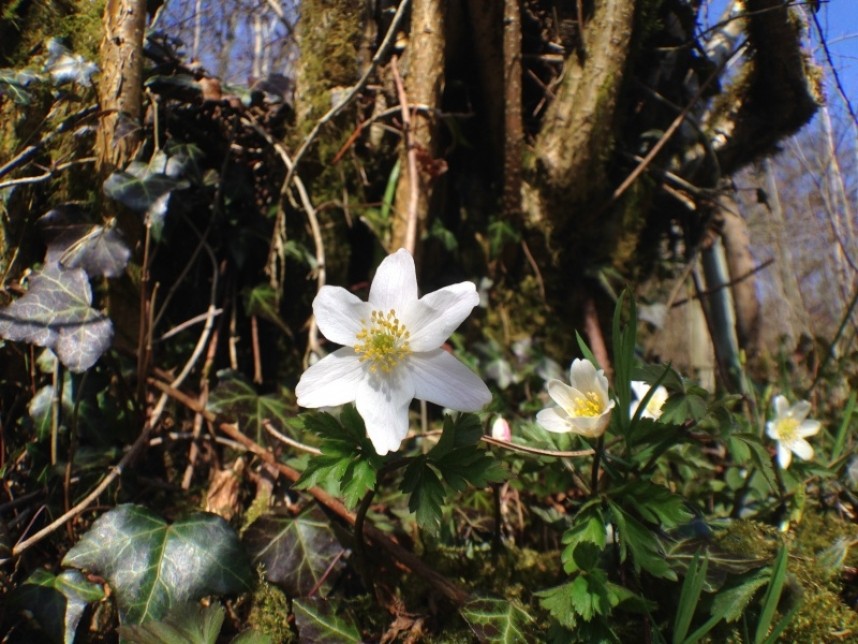
Wood Anemone © Richard Baines
Shining like a white star under the canopy of a woodland. Wood Anemones are wonderful flowers of early spring. They spread very slowly often only six feet in a hundred years! Every patch of this beautiful flower is precious. Of the three flowers here, they are the most restricted to woodlands. However, I once found them covering an open field, which must have been a woodland not that long ago.
Primrose
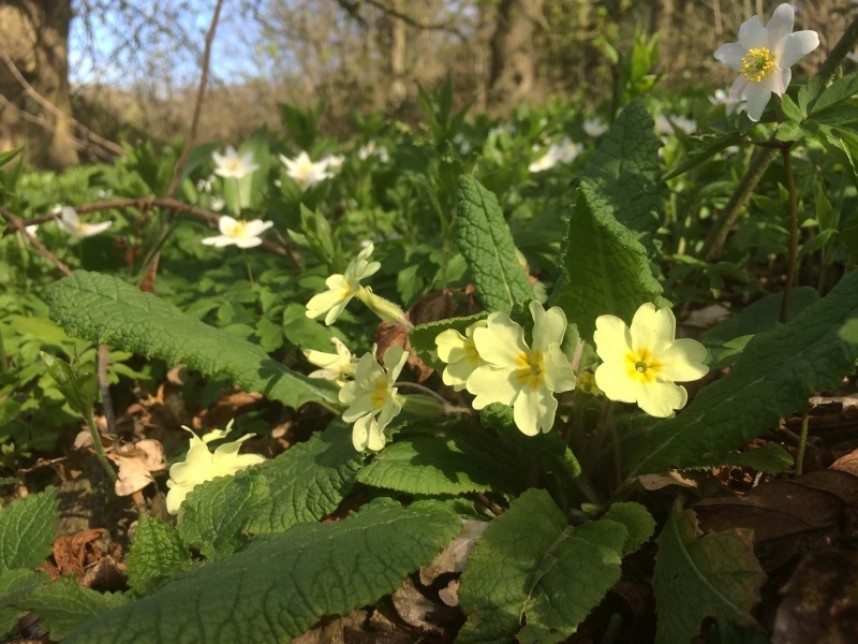
Primrose © Richard Baines
Unmistakable and easily recognised, primroses are often planted in gardens. The native variety is easily spotted in woodlands and an important early nectar source for early emerging butterflies such as Small White and Orange Tip.
English Bluebell
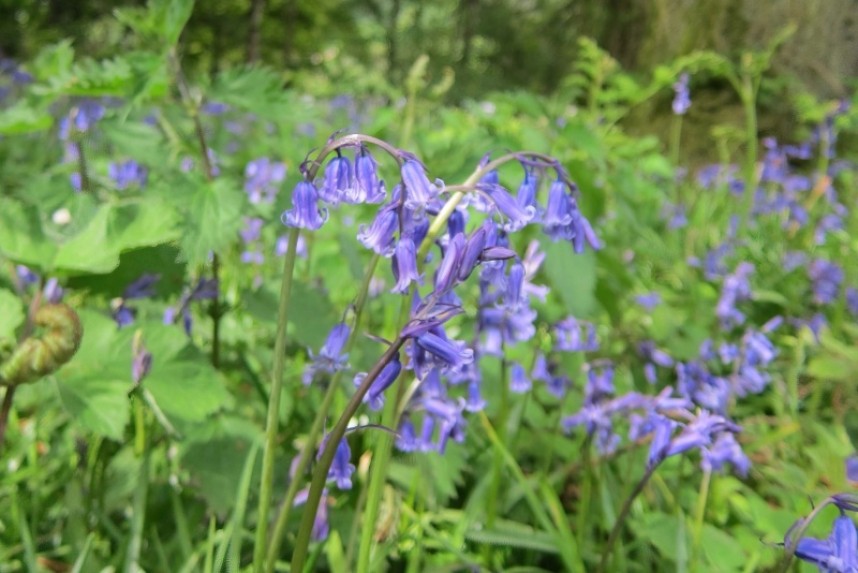
English Bluebell © Richard Baines
You get the biggest prize when you find one or more of these beautiful flowers close to home. However, watch out, many gardens or hedgerows have the non-native Spanish Bluebell. You can make sure by checking if the flowers are growing on one side of the stem and drooping. Spanish flowers are arranged around the stem, the plant structure is more upright and less delicate than the English Bluebell.
Lockdown has kept me closer to home and reminded me that the most amazing things in nature are often closer than you think.
Richard Baines Yorkshire Coast Nature



 Back to Blog
Back to Blog
